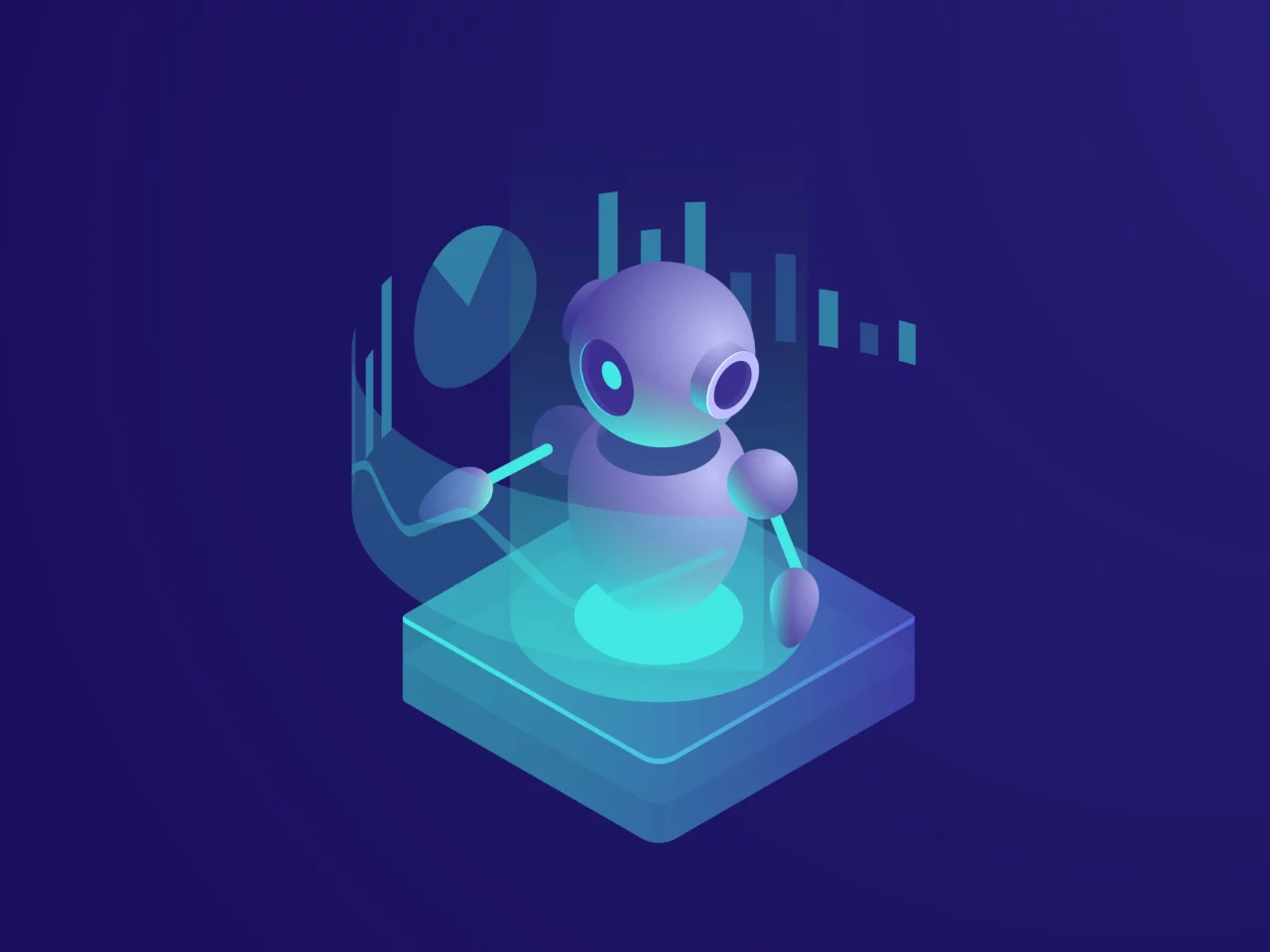Your favorite social media platform struggles with a hidden problem that affects millions of posts daily. Automated content floods feeds, drowning out genuine human voices and manipulating conversations at scale.
Traditional moderation tools miss these sophisticated bot networks because they focus on harmful content rather than artificial generation.
Now, platforms are integrating advanced detection systems like aidetector.com to identify machine-generated posts before they shape public discourse. This technological shift promises to restore authenticity to online conversations.
The Scale Problem in Modern Content Moderation
Social platforms process billions of posts every day, making manual review impossible. Current automated systems excel at catching obvious violations like spam or explicit content. However, they struggle with AI-generated content that appears legitimate but serves manipulative purposes.
Why Current Systems Miss AI-Generated Content?
Existing moderation tools scan for specific keywords, images, or behavioral patterns associated with known violations. They work well against traditional spam but fail when facing sophisticated AI that generates unique, contextually appropriate content.
These systems weren’t designed to detect artificial intelligence because the technology simply didn’t exist when most platforms built their infrastructure.
AI-generated content often passes standard quality checks because it mimics human writing patterns effectively. Bot networks use this advantage to create seemingly authentic profiles that engage in coordinated campaigns. They can generate thousands of unique comments supporting particular viewpoints without triggering duplicate content filters.
The sophistication of modern AI makes detection even more challenging. Advanced language models understand context, maintain consistent personas across multiple posts, and even adapt their writing style to match specific communities or demographics.
The Arms Race Between Creation and Detection
Content generation technology continues to improve, forcing detection systems to evolve rapidly. Each advancement in AI writing capabilities requires corresponding improvements in identification methods. This creates an ongoing technological competition between those creating artificial content and those trying to identify it.
Detection accuracy fluctuates as both sides develop new techniques. When detectors become more effective at identifying certain AI patterns, generators adapt by incorporating more human-like irregularities.
This cycle drives innovation on both sides but creates uncertainty for platform administrators trying to maintain authentic environments.
Real-World Consequences of Undetected AI Content
Artificial content manipulation extends beyond simple spam into serious social issues. State actors use AI-generated posts to influence political discussions.
Commercial entities create fake grassroots movements to promote products or suppress competitors. These campaigns can shift public opinion on important topics without anyone realizing artificial intelligence drove the conversation.
The psychological impact affects user trust in online communities. When people suspect that responses might be artificial, they engage less authentically themselves. This erosion of trust fundamentally changes how social platforms function as spaces for human connection.

Integration Strategies for Platform Success
Smart platforms approach AI detection as part of a comprehensive content strategy rather than a standalone solution. The most effective implementations combine multiple detection methods with human oversight and transparent policies.
Integration requires a careful balance between catching artificial content and avoiding false positives that punish legitimate users. Platforms must consider their specific user base, content types, and community standards when implementing detection systems.
A professional networking site needs different approaches than a casual social platform.
Successful integration strategies include:
- Layered detection systems that combine AI identification with traditional spam filters and behavioral analysis
- Graduated responses that flag suspicious content for review rather than immediately removing potentially legitimate posts
- Transparent policies that clearly explain how detection works and what happens when content gets flagged
- Appeals processes that allow users to contest false positive decisions quickly and fairly
- Continuous monitoring that tracks detection accuracy and adjusts thresholds based on platform-specific patterns
- Community reporting that empowers users to identify suspected AI content that automated systems miss
The key lies in viewing AI detection as an enhancement to human moderation rather than a replacement. The most effective platforms use technology to surface potentially problematic content for human review, combining algorithmic efficiency with human judgment.
Conclusion
AI detection represents the next evolution in content moderation, addressing challenges that traditional systems cannot handle. Platforms that successfully integrate these tools will create more authentic environments where genuine human voices can flourish.
However, success requires thoughtful implementation that balances automated efficiency with human oversight. The future of social media depends on maintaining spaces where real people can connect meaningfully, and AI detection technology provides essential tools for preserving that authenticity.


